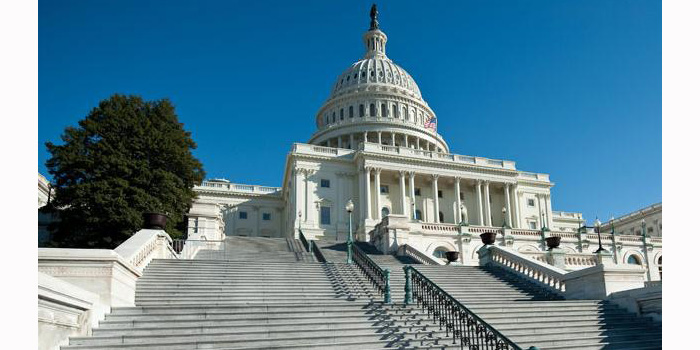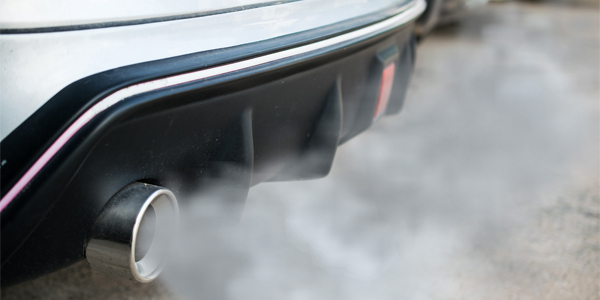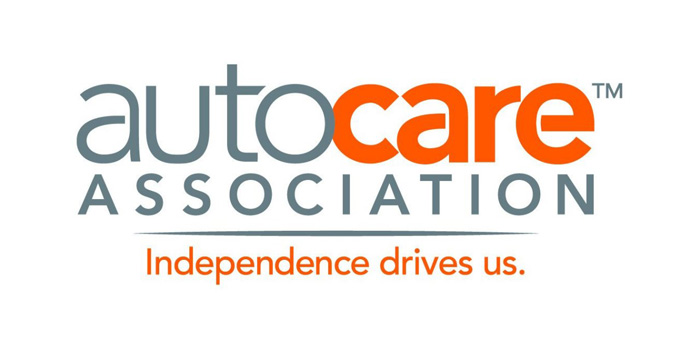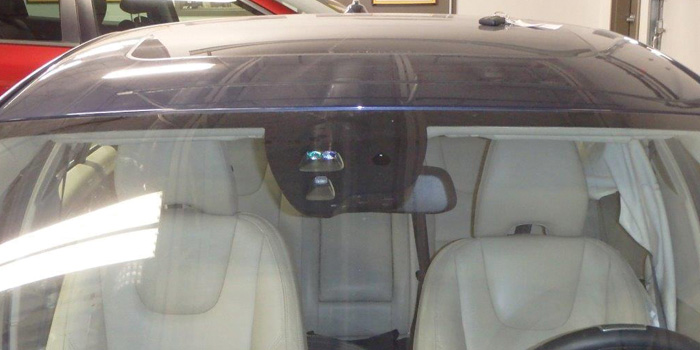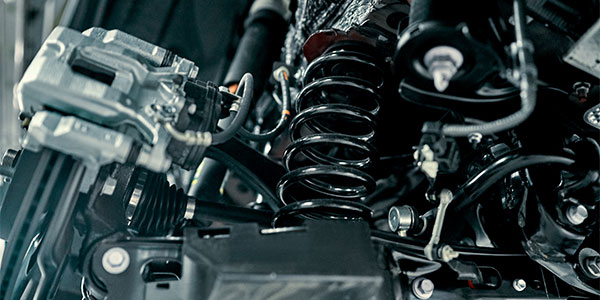From Tire Review
The Ohio Senate has passed motorist safety legislation that prohibits the installation of unsafe used tires.
The legislation is supported by the U.S. Tire Manufacturers Association (USTMA), which has deemed the passing vote as an important step towards consumer protection from worn-out, damaged or improperly repaired used tires.
In June 2016, USTMA (then the Rubber Manufacturers Association) had pushed for nearly identical legislation but were unable to support the bill through the Senate or House.
“This is an important step toward reducing risk posed by unsafe used tires that too often find their way back into service,” said Anne Forristall Luke, USTMA president and CEO. “This is a common-sense, reasonable approach to address a serious highway safety issue.”
USTMA is leading a coalition to advance the bill, SB 223, sponsored by Sen. Frank LaRose (R-Hudson). Supporting organizations include all USTMA members, the Ohio Chamber of Commerce, the Ohio Association of Manufacturers, Ohio Tire and Automotive Association, Ohio Conference of AAA Clubs, the Property Casualty Insurance Association and the Tire Industry Association.
“USTMA is grateful to Sen. LaRose for his tireless leadership on this important issue,” Luke said. “His perseverance has been crucial to advancing this bill. Additionally, we want to thank our fellow coalition members who have worked with us to educate Ohio lawmakers about this serious issue.”
USTMA research shows that more than 30 million used tires are available for sale nationally each year. SB 223 does not ban all used tires. It targets used tires that have specific, well-established, unsafe conditions.
Under the bill, “unsafe used tire” means a used tire, to which any of the following criteria applies:
- The tire is worn to 2 ⁄32 of an inch tread depth or less on any area of the tread.
- The tire has any damage exposing the reinforcing plies of the tire, including cuts, cracks, punctures, scrapes, or wear.
- The tire has any repair in the tread shoulder or belt edge area.
- The tire has a puncture that has not been both sealed or patched on the inside and repaired with a cured rubber stem through the outside.
- The tire has repair to the sidewall or bead area of a tire.
- The tire has a puncture repair of damage larger than 1 ⁄4 of an inch.
- The tire shows evidence of prior use of a temporary tire sealant without evidence of a subsequent proper repair.
- The tire has a defaced or removed U.S. Department of Transportation tire identification number.
- The tire has any inner liner damage or bead damage.
- There is indication of internal separation, such as bulges or local areas of irregular tread wear indicating possible tread or belt separation.
The National Highway Traffic Safety Administration (NHTSA) says that worn-out tires are three times more likely to be involved in a crash than tires with sufficient tread depth. NHTSA crash statistics indicate that about 200 fatalities and 6,000 injuries are attributed to tire-related causes annually.
The Senate-approved measure now must be referred to the House where it will be assigned to a committee for consideration.
“We are confident that this legislation’s strong support will convince Ohio House leaders to quickly consider and move the bill through the process and then on to Gov. John Kasich’s desk,” Luke said.
New Jersey enacted a similar USTMA-advocated used tire bill into law this year.



